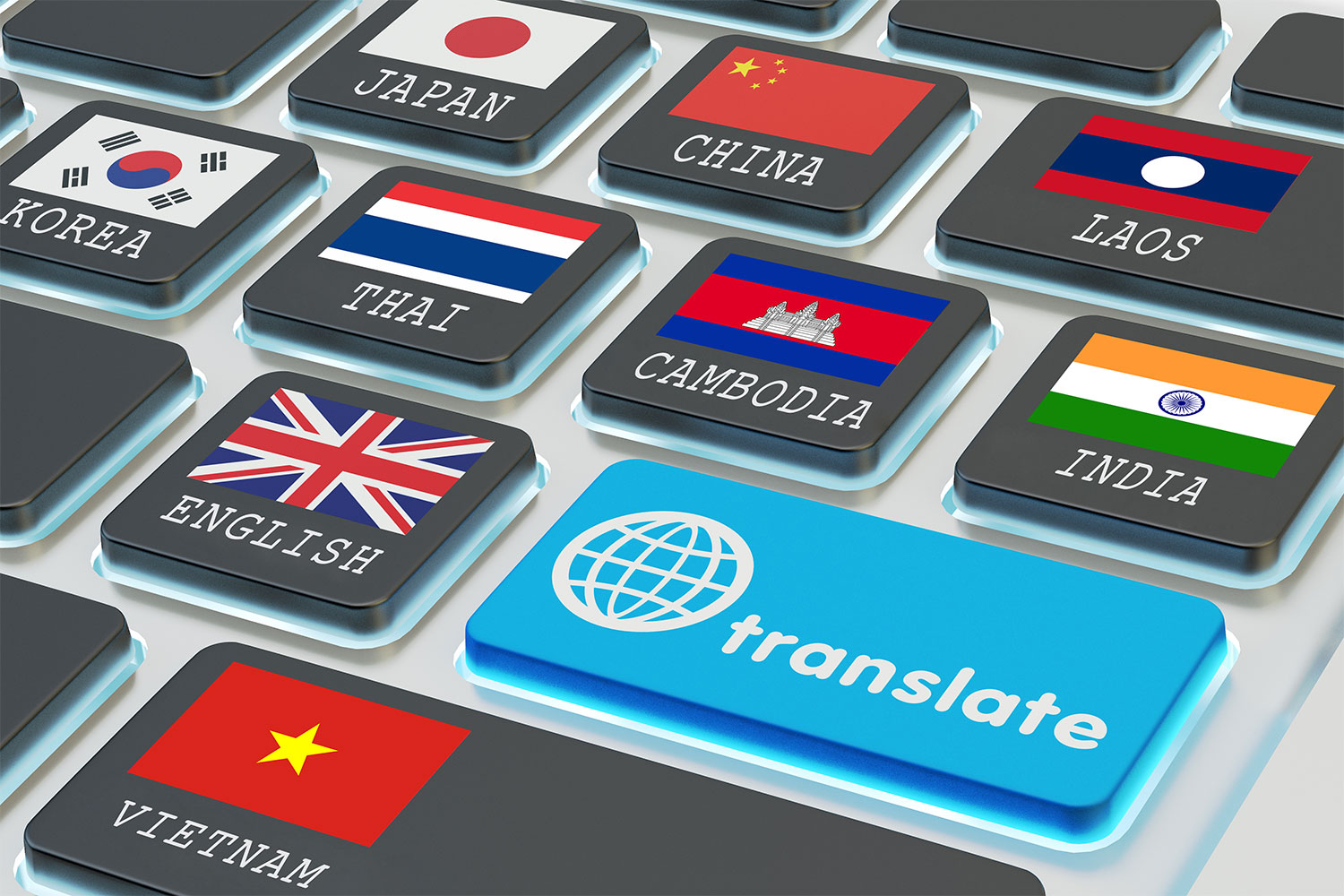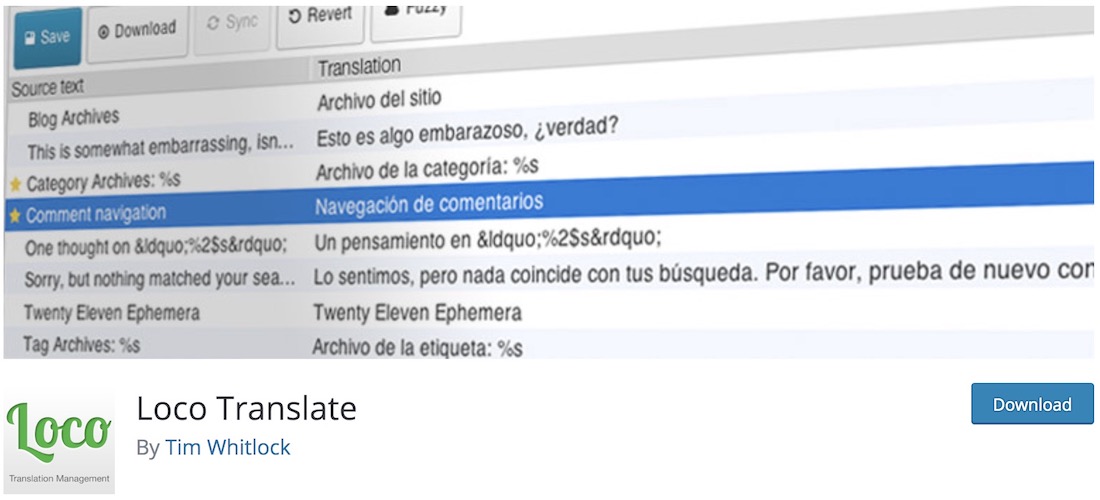

The authors leverage and extend the multilingual translation corpi CCMatrix and CCAligned for training and test data. The training of such a model was possible due to improvements in the mining of multilingual translation data. Additionally human translators rated M2M higher than English-Centric models in a blind test. M2M_100 outperforms English-Centric multilingual models, published bilingual models, and other published direct translation multilingual models. Doing away with the need to use English as an intermediary language as is common in English-Centric translation models. Able to directly translate between any pair of 100 languages. This paper introduces multilingual translation model, M2M_100, that performs direct translation between languages. Then, a description of the datasets produced in order to train the model, some strategies employed to train such a large model, and finally a breakdown of the M2M_100 model design. The following write-up will start with a synopsis to present the overall summary of the paper.

In addition to the headline achievement, two additional advancements were made through the research presented in the paper - methods for multilingual data mining culminating in expansion of two large multilingual translation corpora, and implementation of methods for improving the training of very large deep learning models to the context of translation models. The headline advancement from this paper is the M2M_100 pre-trained multilingual translation model. Written in the accessible, jargon-free style that characterises the work of Bassnett and Lefevere, this collection of essays will be invaluable to anyone interested in translation and comparative cultural studies.This posts aims to summarize the findings presented in the paper entitled, “ Beyond English-Centric Multilingual Machine Translation”. Some essays are genre specific, focusing on theatre translation or the translating of poetry, others are devoted to specific case studies, and consider the fortunes of such major writers as Virgil or Brecht in English. Among topics discussed are Chinese and Western theories of translation, the limits of translatability, when is a translation not a translation, why cultures develop certain genres at certain times, what is the relationship between Translation Studies and Cultural Studies. This collection of essays continues to develop some of the principal research lines that both have been pursuing in recent years, most specifically the cultural turn in Translation Studies.

Constructing Cultures brings together for the first time the work of the two translator/scholars who are regarded as founders of this major field of study. Translation Studies is currently one of the fastest growing interdisciplinary subjects in the world.

still trapped in the labyrinth - further reflection on tranlsation and theatre, Susan Bassnett.the gates of analogy - the "Kalevala" in English, Andre Lefevere.transplanting the seed - poetry and translation, Susan Bassnett.translation practice(s) and the circulation of culturual capital - some "Aeneids" in English, Andre Lefevere.when is a tranlsation not a translation, Susan Bassnett.Chinese and Western thinking on translation, Andre Lefevere.Bibliography Includes bibliographical references and index.


 0 kommentar(er)
0 kommentar(er)
